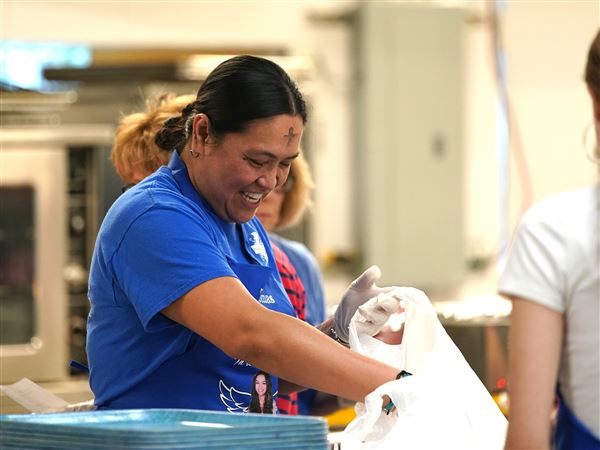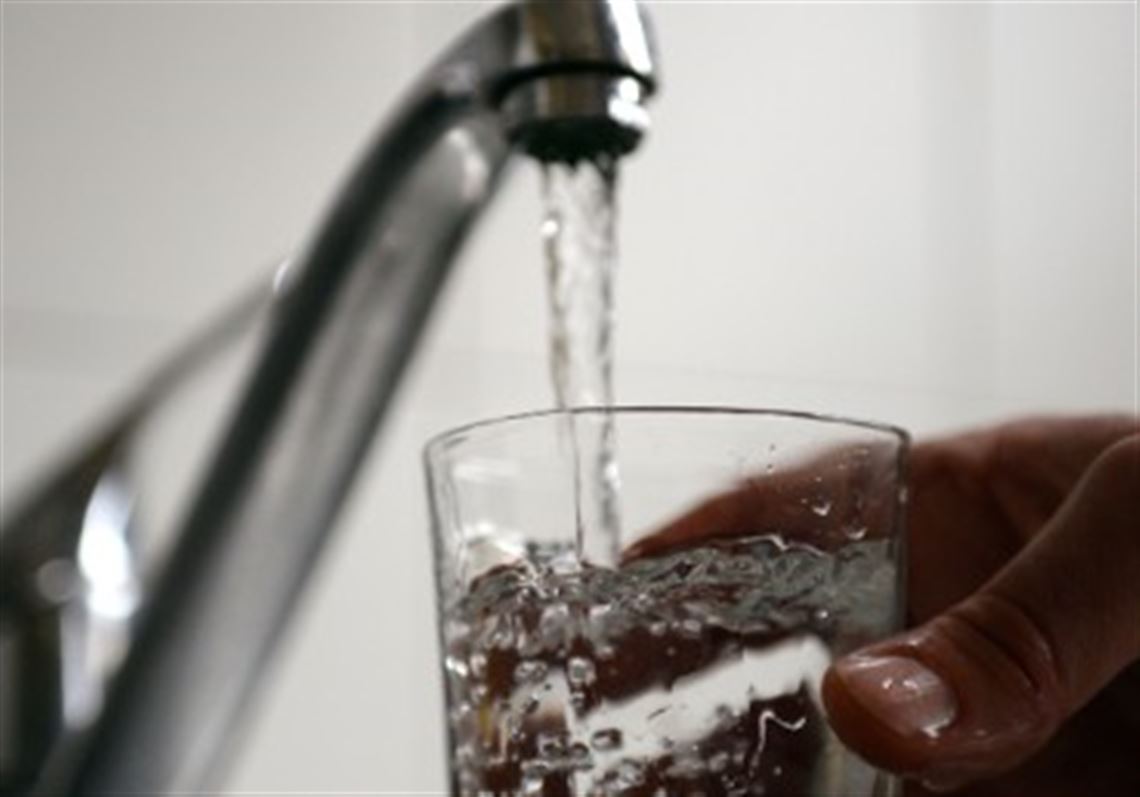Targeted tests of homes served by the Pittsburgh Water and Sewer Authority have again exceeded a key federal threshold for lead contamination, the utility said Monday.
Of samples taken last month by customers themselves at 114 high-risk residential addresses, 90 percent showed lead at 21 parts per billion or fewer, according to estimated results shared by PWSA. That’s up from test results for June, when 90 percent showed lead at 15 ppb or fewer.
PWSA isn’t satisfied with the latest numbers but has “no reason to believe there’s anything going on in the system that is dramatically changing water quality,” spokesman Will Pickering said. Analyses can show variations at the 90th percentile — a pivotal gauge under federal standards — even if overall water purity hasn’t slipped, he said.
Federal rules require action when test results surpass 15 ppb for 90 percent of samples. PWSA is continuing to remove lead service lines.
“Nothing has really changed in the system. It’s the product of the statistical analysis more than anything else,” Mr. Pickering said of the recent variations. He said outdoor temperatures, test handling by customers and the individual testing sites can influence the figures, which do not indicate a systemwide average of lead contamination.
Every round of testing may include a different combination of participating homes, each with a known or suspected lead line or plumbing. Results from four testing rounds — one each in June 2016, December 2016, June 2017 and December 2017 — show some similarity, with 82 percent to 88 percent of samples registering lead at fewer than 15 ppb.
PWSA must repeat the compliance testing every six months until 90 percent of tested samples show 15 ppb — or fewer — for two consecutive rounds. The authority also must replace at least 7 percent of its lead service lines each year until the test results reach that threshold.
In 2016, the state Department of Environmental Protection mandated the checks and replacements after PWSA twice switched chemicals used to control pipe corrosion without notifying the state. Of samples taken in June 2016 and December 2016, 90 percent showed lead at or below 22 ppb and 18 ppb, respectively.
The authority estimates 18,000 residential service lines, or about 27 percent of its residential connections, contain the metal.
Crews have replaced about 725 of them since July 2016, hundreds short of an initial target. The total is on pace to reach more than 1,300 by June. Each service line connects a building’s interior plumbing to a water main beneath the street.
“While encouraging commitments have been made by PWSA to begin to replace a small number of lead lines annually, this falls far short of the urgent action required to ensure no child in our city is being subjected to an invisible toxin that risks lifelong harm,” Allegheny County Controller Chelsa Wagner said in a statement. “The fact is that no level of lead in our water is safe, and this problem will only be solved when all the lead lines are gone.”
Mr. Pickering did not respond directly but said PWSA is replacing more than 2,000 lead lines over the next year, part of an updated order and agreement struck with DEP in November. Those replacements will run some $44 million.
PWSA has been “hard at work in identifying control improvements,” particularly an orthophosphate additive used elsewhere to coat the inside of pipes, Mr. Pickering said. The authority is pursuing state approval to introduce the chemical as part of the water treatment process.
“Until we receive regulatory approval of treatment improvements, we expect that the lead levels found in high-risk homes will remain consistent,” said Robert Weimar, the authority’s interim executive director, in a statement. “PWSA is doing everything possible to apply treatment improvements that have been shown to reduce levels of lead in other cities.”
The federal Environmental Protection Agency and the Centers for Disease Control and Prevention have said there’s no known safe amount of lead in a child’s blood. Health risks can be acute for pregnant women, too. Research ties lead exposure to a range of developmental and other health problems.
If residents know or suspect they have lead service lines or lead indoor plumbing, they should run their cold taps for a least a minute before using water for drinking or cooking, according to PWSA. They also should use cold water for cooking or preparing baby formula and look into certified lead filters, the authority has said.
Free lead testing is available through PWSA at 412-255-2423 and servicelines@pgh2o.com.
Adam Smeltz: 412-263-2625, asmeltz@post-gazette.com, @asmeltz.
First Published: January 22, 2018, 4:08 p.m.

















